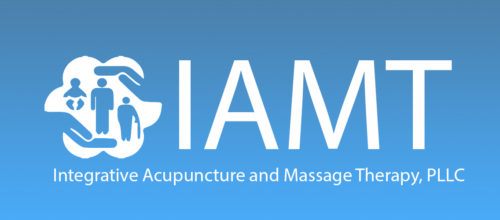
What is Acupuncture?
Acupuncture is a treatment option for dealing with many disorders and dysfunctions of a living organism. The effects can be both therapeutic and prophylactic. Acupuncture originated in ancient China and is now one part of an entire healthcare system which includes nutritional therapy, manual therapy (massage and joint manipulation), and exercise (both mental and physical).
Acupuncture involves stimulation to areas of the body by use of mechanical, thermal, or electrical means to achieve therapeutic effects. Almost all Acupuncture visits will include the use of tiny, wire-thin, sterile, surgical steel needles. Acupuncture treatment can be used to address almost any health condition that a person can be affected by. It has been shown to have a positive therapeutic impact on almost every physiological system in the human body. It does this by interacting with the nervous system and signaling the body to respond in different ways depending on the specific treatment used and condition being treated. Essentially, Acupuncture is a way of sending a signal to the different parts of the body to improve physiology and healing.
There are both specific points along pathways throughout the body and general areas which are targeted by an Acupuncturist. In most cases an Acupuncturist is treating both specific and general areas. Just like any other medical treatment, there is a range of dosages available with Acupuncture. Once a thorough assessment and evaluation is conducted, a practitioner will design an appropriate treatment plan. There are varying degrees of needle size and needle techniques, including different ways to stimulate each point. A typical visit includes anywhere from 6 to 15 points on average, and most treatment plans include anywhere from 1-3 visits per week.
For those interested in more information about how Acupuncture affects physiology, an article link is included below which presents some neurobiological mechanisms of Acupuncture.
https://www.sciencedirect.com/science/article/pii/S200529011300174X

